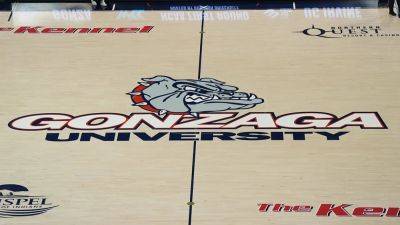Meet the scuba-diving lizard known as the 'chicken nugget of the forest'
Scuba-diving lizards described as "the chicken nuggets of the forest" use a bubble to breathe underwater and escape predators, reveals new research.
Water anoles - a type of semi-aquatic lizard found in the tropical forests of Costa Rica - utilise the unique technique to avoid birds and snakes that prey on them, say American scientists.
Dr Lindsey Swierk [CORRECT], of Binghamton University, New York, had previously documented the species using a bubble underwater. When the lizards feel threatened by a predator, she says they dive underwater and produce a bubble over their heads to breathe.
She said: "We know that they can stay underwater for a really long time. We also know that they're pulling oxygen from this bubble of air. We didn't know whether there was actually any functional role for this bubble in respiration.
READ MORE: A murky past... and a deadly romance: The weird world of a man accused of killing his wife on holiday
"Is it something that lizards do that is just a side effect of their skin's properties or a respiratory reflex, or is this bubble actually allowing them to stay underwater longer than they would, say, without a bubble?"
To investigate whether the bubble serves a functional role in respiration or is merely a by-product, Dr Swierk applied a substance to the lizards' skin surface that would prevent bubble formation. She said: "Lizard skin is hydrophobic. Typically, that allows air to stick very tightly to the skin and permits this bubble to form.
"But when you cover the skin with an emollient, air no longer sticks to the skin surface, so the bubbles can't form."
Dr Swierk recorded the number of bubbles that the lizards could produce and how long they could stay underwater, and compared them to








